The Revs Institute® 2015 Show on the Road
Just say “museum” and words like static, boring and even dusty come to many minds. That’s unfair these days. We offer as an example The Henry Ford in Dearborn, Michigan, where words like interactive, informative and thoughtfully displayed are more appropriate.
Ditto for The Revs Institute in Naples, Florida, and as you enter the parking lot you might see a transporter parked on the side, loading still another automobile to be shipped off to where? Maybe it’s a loan for display at another auto or art museum. It could be one of the race cars headed for a track. To Mazda Raceway Laguna Seca or Lime Rock Park or Goodwood in England. Or off to a road tour or vintage car rally.
One of the cornerstones at Revs is that race cars never were static and shouldn’t be now. They need to be seen and heard in action when at all possible. It is a balancing act. There’s no denying using historic cars does wear them out. Then again, some exercise helps to preserve them in other ways. This use also allows these important automobiles to be experienced by those who might otherwise never to get see or hear then in action. It’s a matter of keeping history alive while respecting a car’s limits.
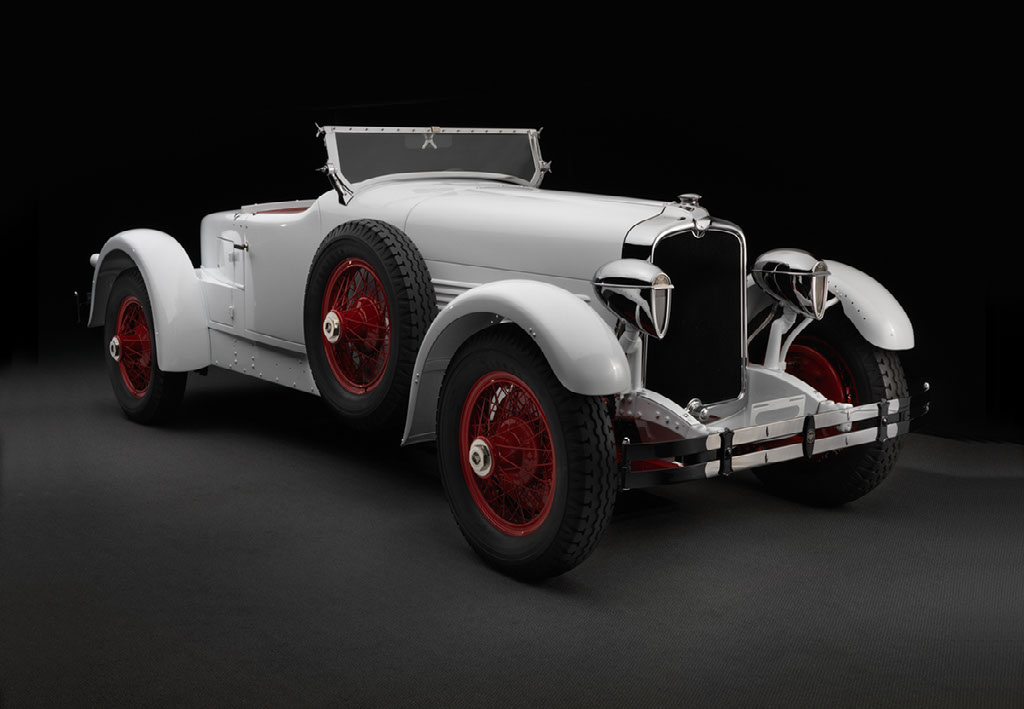
One of the cornerstones at Revs is that race cars never were static and shouldn’t be now. They need to be seen and heard in action when at all possible. It is a balancing act. There’s no denying using historic cars does wear them out. Then again, some exercise helps to preserve them in other ways. This use also allows these important automobiles to be experienced by those who might otherwise never to get see or hear then in action. It’s a matter of keeping history alive while respecting a car’s limits.
1963 Corvette Grand Sport Serial #004 rips up the Mazda Raceway Laguna Seca race track during the Rolex Monterey Motorsports Reunion
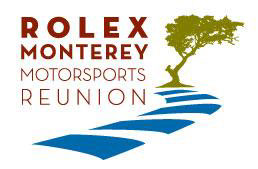
A visitor might find one of the collection’s cars out on the road near the museum as part of the “exercise program” to keep them in original running condition. The cars raced by Revs have been mechanically rebuilt or fully restored and track tested. There are some cars deemed too original and fragile to race and those are conserved using best museum practices and still exercised. A small number of extremely original and unique cars are kept in “cold storage” to be recommissioned if ever warranted.
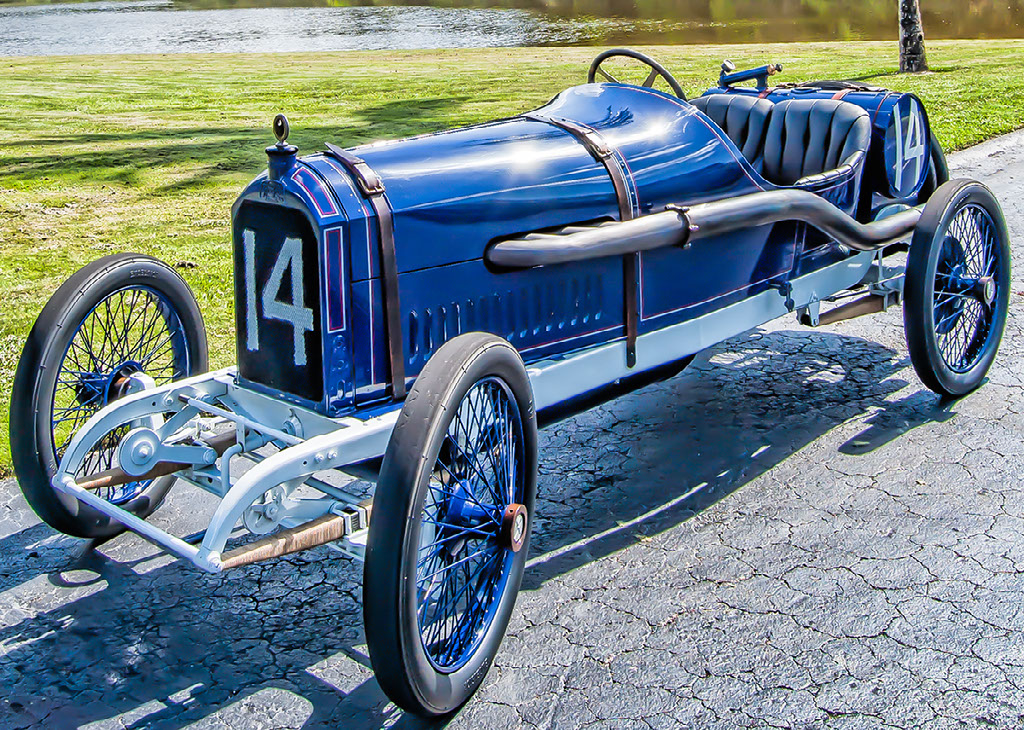
Naturally you can’t trust such important machines on a race track to just anyone. Revs likes to mix up the driving talent, having such respected professional veterans as Brian Redman, John Morton, Jochen Mass and Roger Mandeville for some events, current hot shoes like Gunnar Jeannette and Bruce Canepa for others.
As valuable as their driving talents is their feedback. Listening to Morton and Jeannette swap their impressions of a Ferrari 250LM or Porsche 908/3.
Then there is The Revs Program at Stanford. At Laguna Seca’s Rolex Monterey Motorsports Reunion each August, Stanford participants rig a race car and driver with instruments. They are building a data base of both race car dynamics and human response.
No, the Revs Program’s Dr. Lene Harbott isn’t drilling into Gunnar Jeannette’s brain, but attaching scalp electrodes to measure brain activity while Jeannette is racing. The usual driver’s response is, “Well, I hope she finds something.”
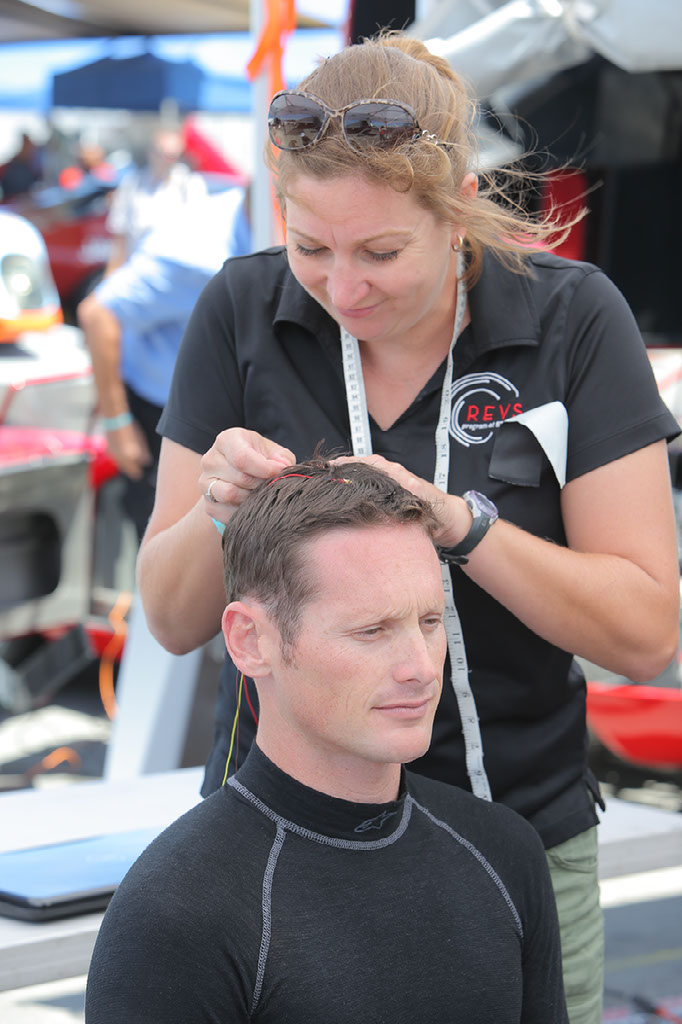
The Revs Institute Engineers and The Revs Program at Stanford students check over the 1965 Ferrari 250LM for last minute adjustments before it heads out to race on the famous Mazda Raceway Laguna Seca track.
Stanford's self-driving Audi TTS, Shelley, hit 120 mph on a recent track test. Combined with new research on professional drivers' brain activity, the car's performance could get even better.
John Morton waits to hit the track while students who are part of the Revs Program at Stanford make some final tweaks to the 34+ custom sensors data acquisition software.
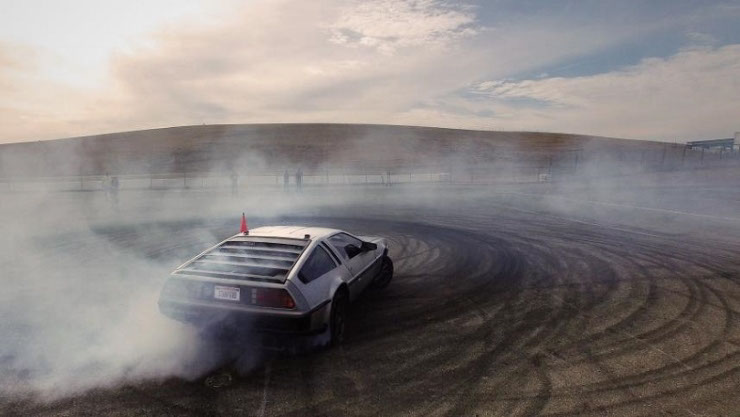
Introducing MARTY, Stanford's self-driving, electric, drifting DeLorean
And we get to enjoy seeing the cars on the track, not just driving around slowly, but racing as they were meant to be, both seen and heard.
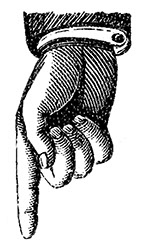
Now on to more of Revs on The road
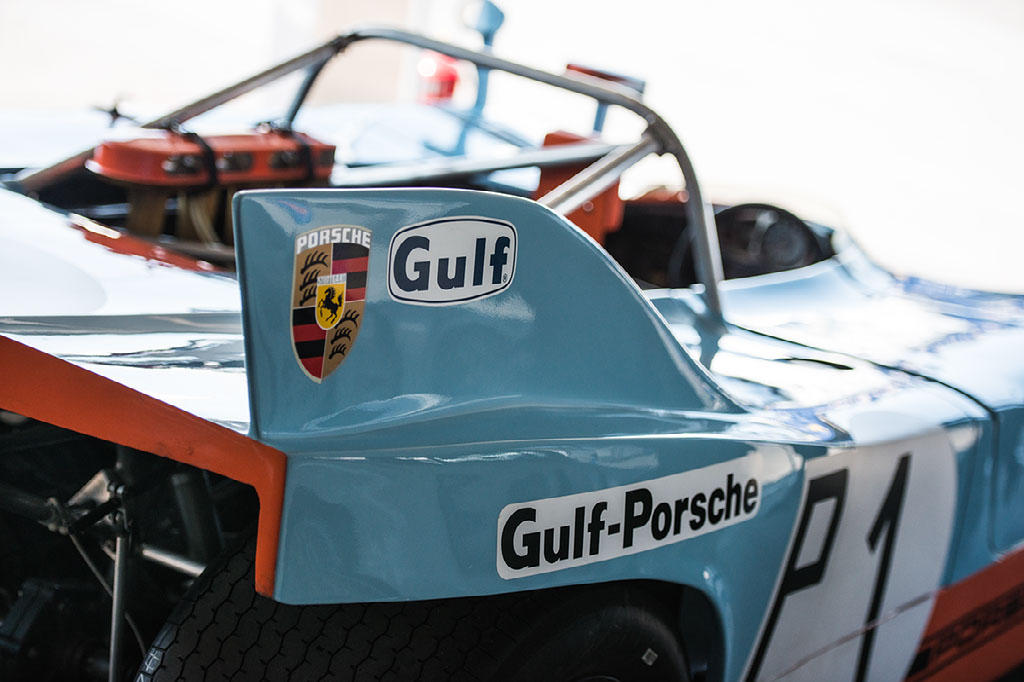
Brian Redman racing the 1971 Porsche 908/3 at Rennsport IV. This legendary Porsche has a 360-horsepower, 3.0-liter flat-8.
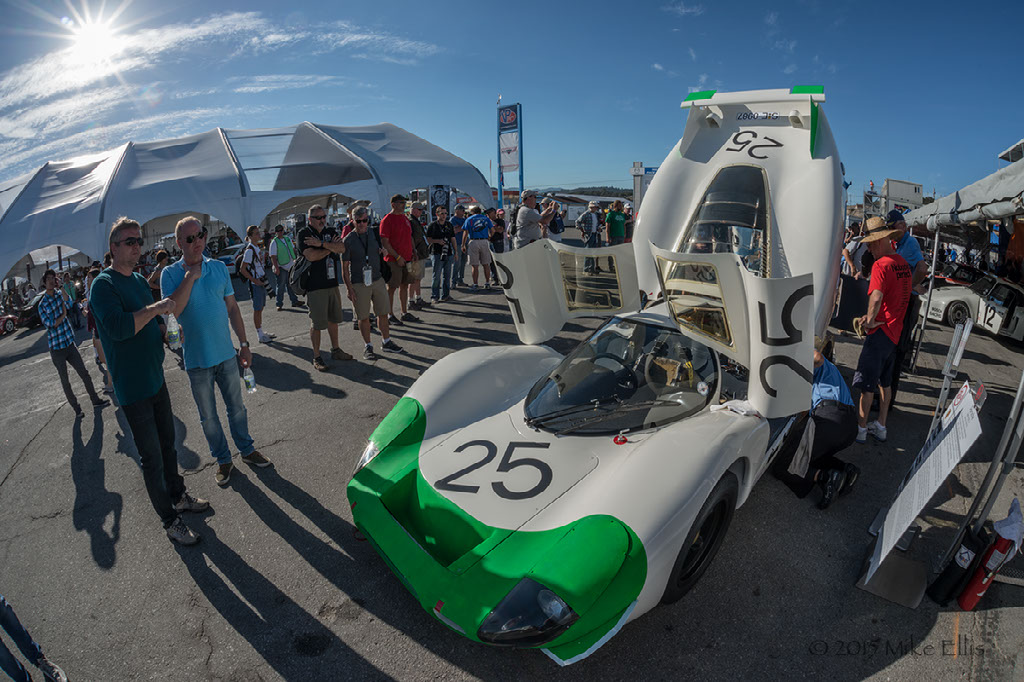
Gunnar Jeannette driving the 350-horsepower, long-tail 1969 Porsche 908 LH that won at Spa. This is at Porsche’s 2015 Rennsport V at Mazda Raceway Laguna Seca.
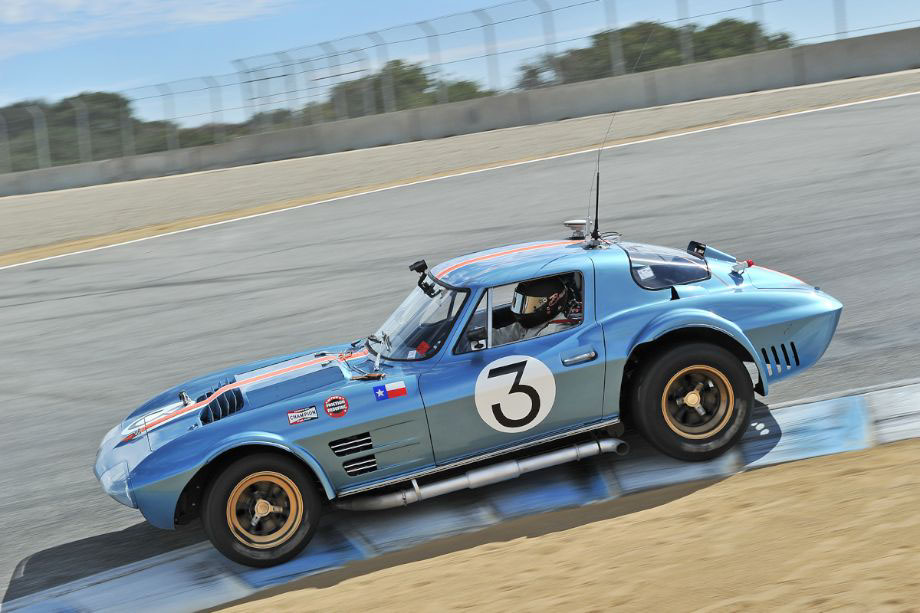
Bruce Canepa heads down the Corkscrew in 1963 Corvette Grand Sport serial number 4. Another race car festooned with the Stanford Revs program’s telemetry, which can tell them within 2 centimeters where the car is on the track.
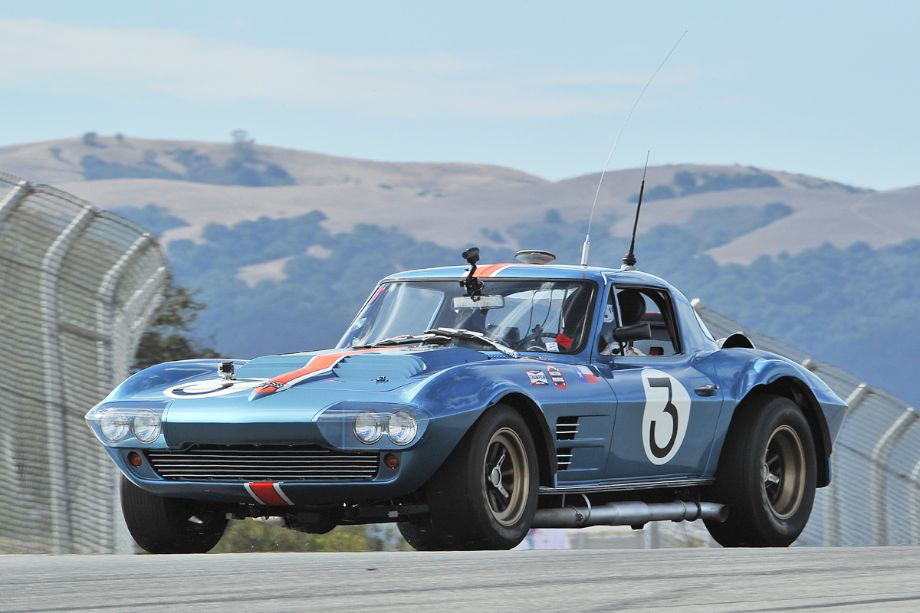
Here is a good example of the equipment mounted on the cars by the Revs students from Stanford. It is arrayed on the 1967 Porsche 910/6 that won the Nürburgring 1000-kilometer race in 1967.
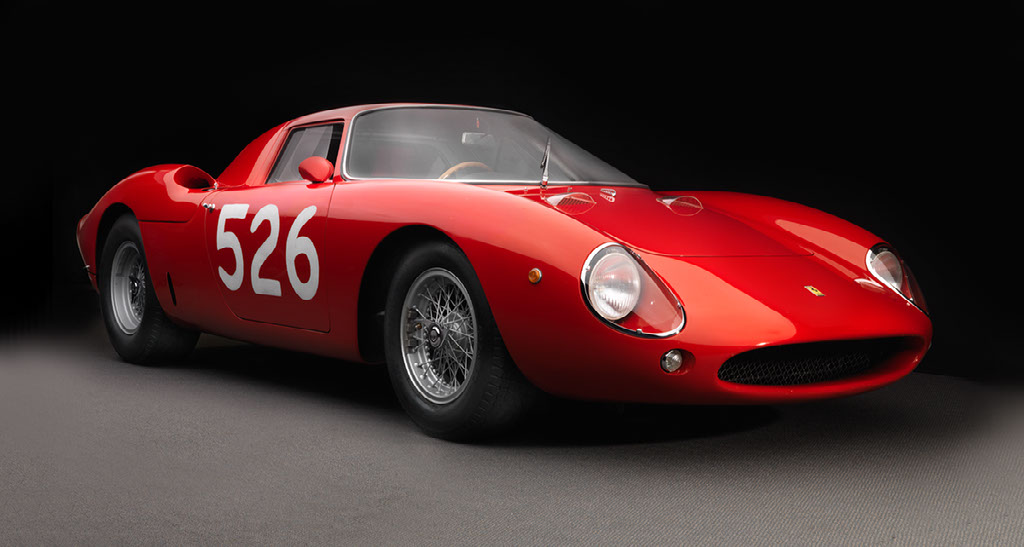
One of Ferrari’s most beautiful race cars, the 1965 250 LM Berlinetta GT. With its mid-mounted 3.3-liter V-12, the LMs were somewhat orphaned by rules, but a 250 LM won at Le Mans in 1965, Ferrari’s last win in the 24-hour classic.
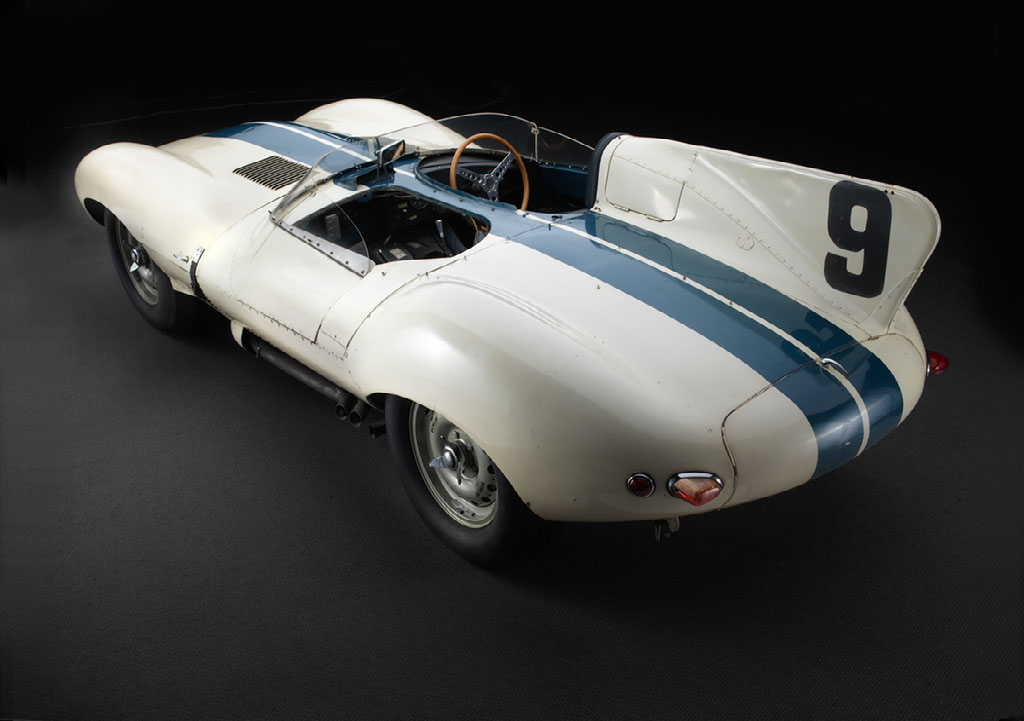
The former Briggs Cunningham 1955 Jaguar D-Type was part of a display at the Monterey Historic Automobile Races.
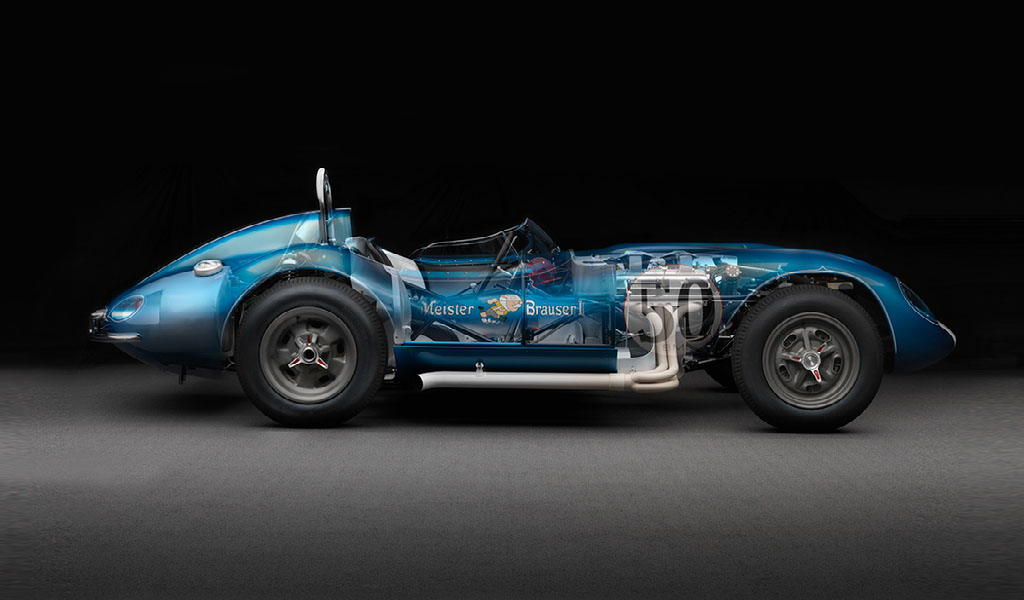
A legendary all-American sports racer, the 1958 Chevrolet-powered Scarab. Here John Morton guides it down the famous Corkscrew turn at Mazda Raceway Laguna Seca.
Revs “show on the road” overseas. Scott George handles the cranking duties on the 1914 Mercedes Grand Prix car at a celebration of the company’s 1-2-3 win in the 1914 French Grand Prix in Lyon, France.
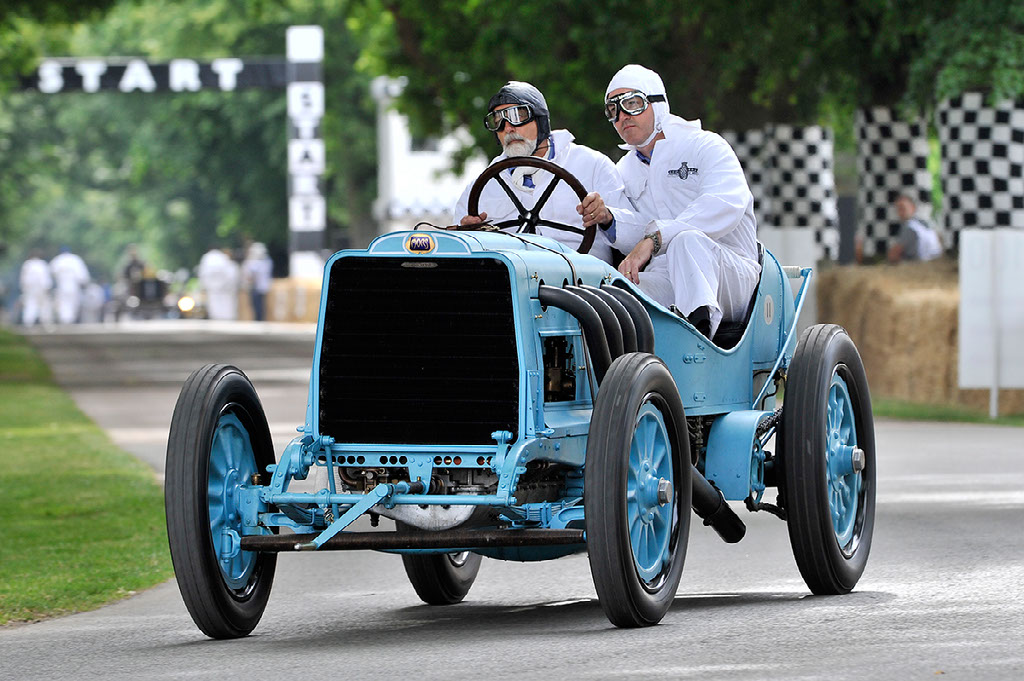
Oh, to be in England… Eddie Berrisford is driving and Doug Nye grinning as they rush up the hill at the Goodwood Festival of Speed in the 1908 Mors. With 12.5 liters in its four-cylinder engine, it makes 100 horsepower and a wonderful noise.
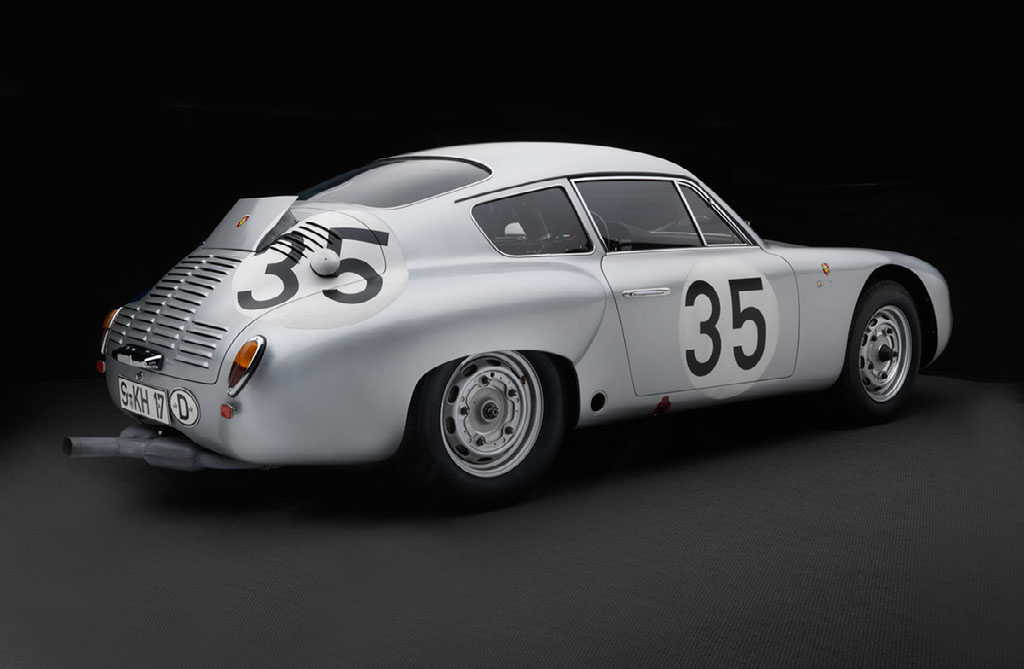
John Morton in Revs’ 1960 Porsche Abarth Carrera GTL. This car, with a 135-horsepower flat-4, won its class in that year’s 24 Hours of Le Mans.
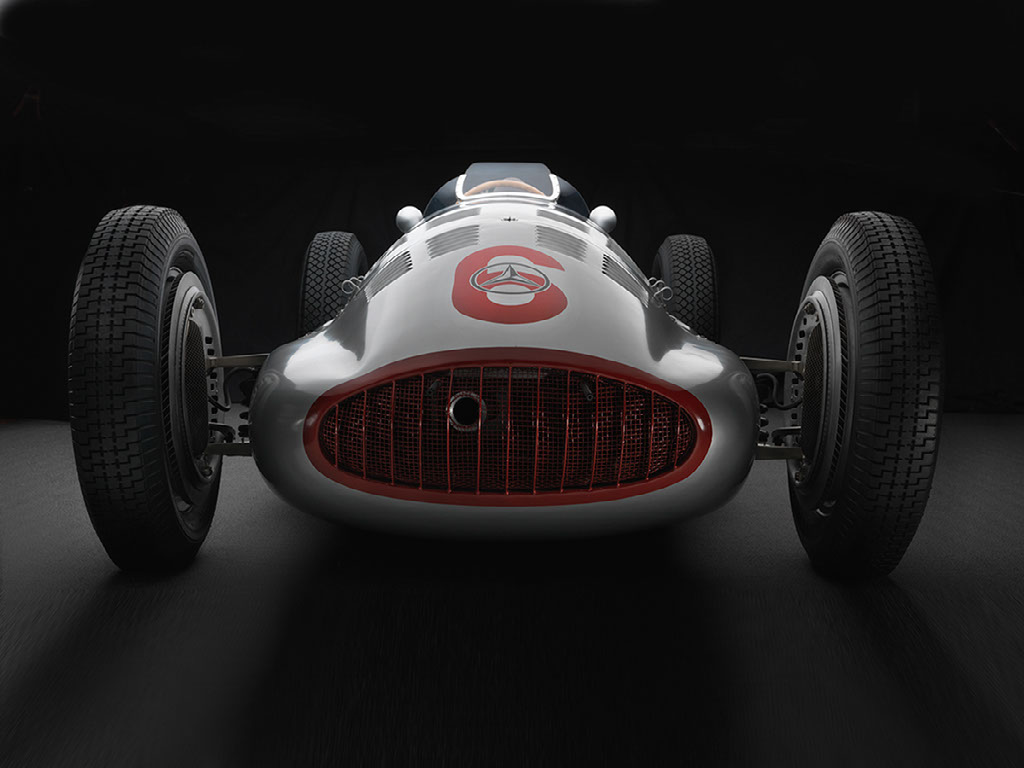
Famed racer Jochen Mass is about to lap Lime Rock Park in the 1939 Mercedes Benz W154. With a pair of superchargers, the 3.0-liter engine puts out 483 horsepower. Mercedes W154s won three of the four European Grand Prix Championship races in 1939.
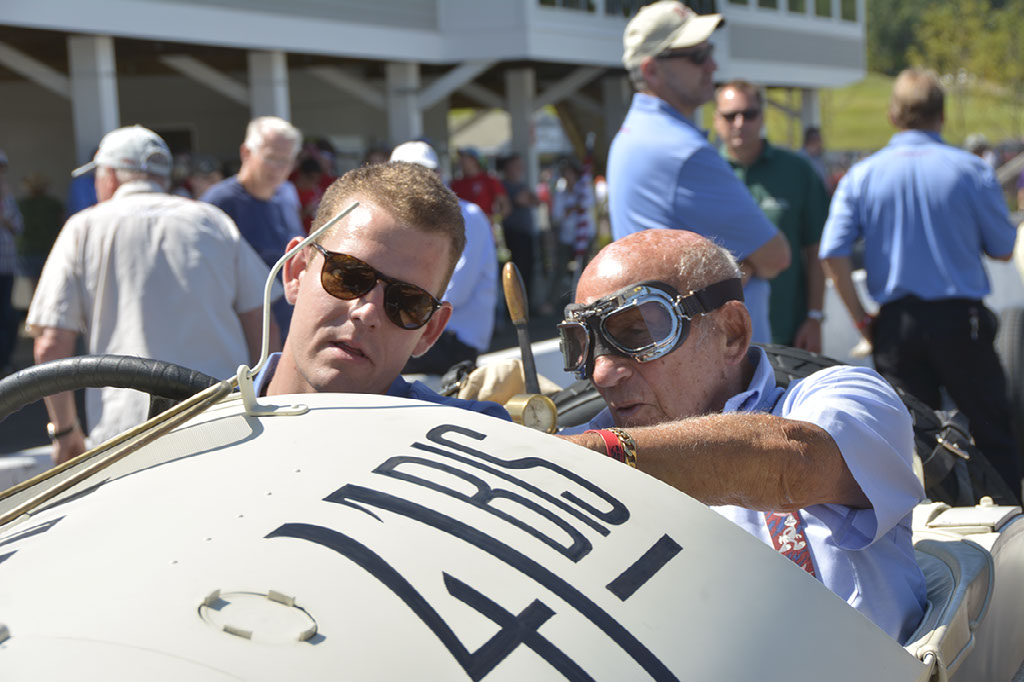
Sir Stirling and Lady Susie Moss chat with Jochen Mass before he heads out at Lime Rock Park in the 1939 Mercedes Benz W154 Grand Prix car. Revs’ vice president, Scott George, looks on.
Carlo Abarth was famed for his small, lightweight coupes. This 1964 model has a 1.9-liter Simca engine with 204 horsepower and the car weighs just 1455 pounds. Here Roger Mandeville is racing the car at Lime Rock Park.
This is the Porsche 917 that led the automaker into the Can-Am series. Raced in 1969, it is called a PA for Porsche/Audi and has a 580-horsepower 4.5-liter flat-12.
Ford’s GT40 is the car that beat Ferrari, and this is a 1966 model, serial number 1049. Brian Redman is racing it down Mazda Raceway Laguna Seca’s Corkscrew.
Roger Mandeville accelerates out of Turn 11 at Mazda Raceway Laguna Seca in the 1959 Cooper Type 51 Grand Prix car. With its Coventry Climax mounted behind the driver, it was one of the machines that pioneered mid-engine Grand Prix cars.
Another favorite of ours, Sir Stirling and Lady Susie Moss at Lime Rock Park in the 1.5-liter 1954 OSCA he co-drove to a win at Sebring.